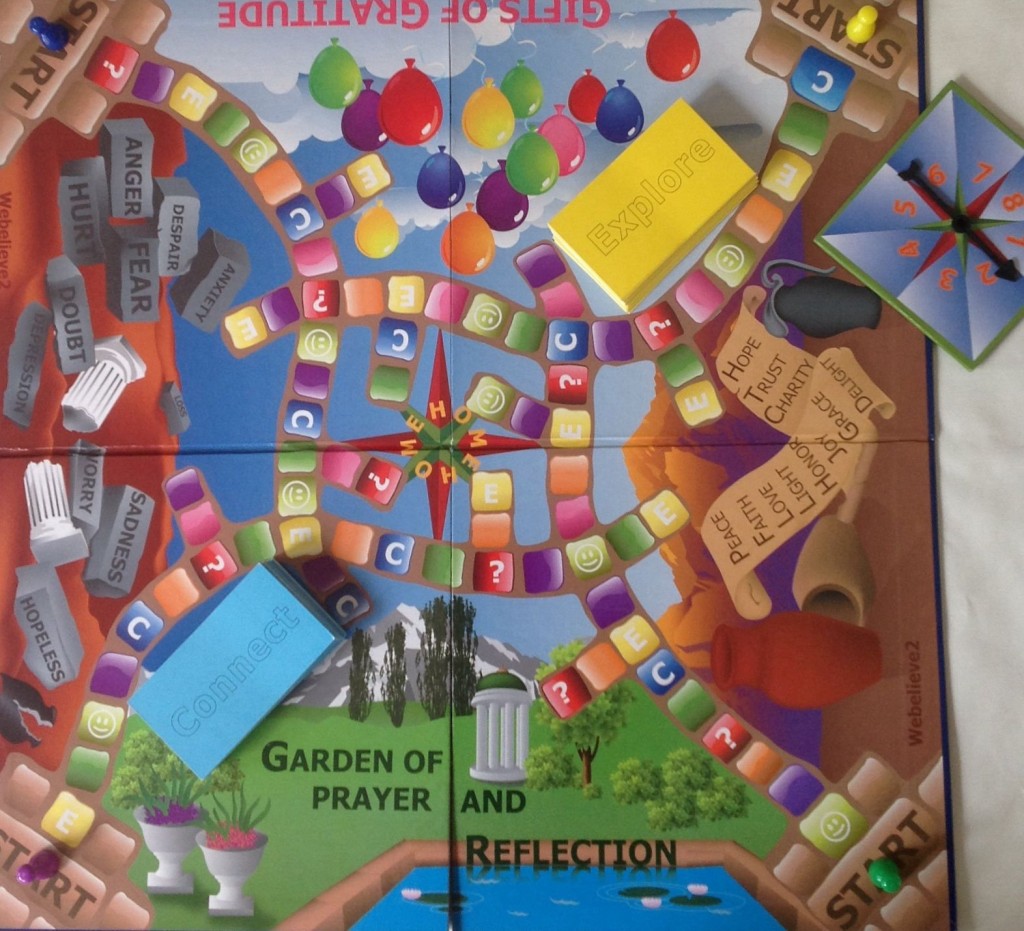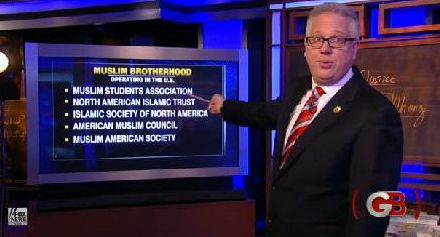 I am not a fan of the Confederate Flag. While I have spent all but two of the past 28 years in states that joined the Confederacy, I grew up in a Border State with parents from another Border State, making me an outsider to many who see the flag as an important symbol of their Southern heritage. Despite all of this, I found myself bothered by the argument in last week’s Atlantic article by Ta-Nehisi Coates calling for the immediate removal of the Confederate Flag from the grounds of the South Carolina Capitol. Coates asserts that, since the shooter had apparent links to white supremacist ideology and the Confederate flag, these murders become the occasion finally to remove the flag from the Capitol grounds. Continue reading “Symbols and the Confederate Flag”
I am not a fan of the Confederate Flag. While I have spent all but two of the past 28 years in states that joined the Confederacy, I grew up in a Border State with parents from another Border State, making me an outsider to many who see the flag as an important symbol of their Southern heritage. Despite all of this, I found myself bothered by the argument in last week’s Atlantic article by Ta-Nehisi Coates calling for the immediate removal of the Confederate Flag from the grounds of the South Carolina Capitol. Coates asserts that, since the shooter had apparent links to white supremacist ideology and the Confederate flag, these murders become the occasion finally to remove the flag from the Capitol grounds. Continue reading “Symbols and the Confederate Flag”
Profiling Bloody Mary
 I was up in Chicago the other day and when flying back home on a 9:00 am flight I noticed a woman, seated on a stool at one of those bars located alongside the boarding gate, with a plastic cup with reddish liquid in it and a straw. She’d walked by me, while I was seated at the gate, a few minutes before and stood out for me because, by the look of her face, I judged her probably to be rather younger than she seemed, maybe having lived a hard life, making her 40 or so years look 60 or more. So I guess seeing her seated at the bar, three hours before noon, confirmed a quick judgment I’d already formed based on how she appeared.
I was up in Chicago the other day and when flying back home on a 9:00 am flight I noticed a woman, seated on a stool at one of those bars located alongside the boarding gate, with a plastic cup with reddish liquid in it and a straw. She’d walked by me, while I was seated at the gate, a few minutes before and stood out for me because, by the look of her face, I judged her probably to be rather younger than she seemed, maybe having lived a hard life, making her 40 or so years look 60 or more. So I guess seeing her seated at the bar, three hours before noon, confirmed a quick judgment I’d already formed based on how she appeared.
She was having a bracer before the flight, no doubt.
One for the road. Continue reading “Profiling Bloody Mary”
Inclusivity as a Strategy of Exclusion
 Interreligious dialogue and notions of tolerance, while suggesting inclusivity, often employ exclusions that identify insiders and outsiders, although these insiders and outsiders are different than the boundaries commonly employed in communities. An interesting example of this paradox is Webelieve2, a board game advertised as encouraging discussion among people with different religious commitments. The game is designed to create an opportunity to “learn about others” and “to connect with others.” While targeted marketing to Religious Studies professorsassumes certain interests inform the study of religion (several of my colleagues and I recently received emails advertising this game), the game also reflects particular assumptions about religion that create a variety of exclusions that seem to counter the instructions’ interest in creating an environment where “people feel ‘safe’ when sharing.”
Interreligious dialogue and notions of tolerance, while suggesting inclusivity, often employ exclusions that identify insiders and outsiders, although these insiders and outsiders are different than the boundaries commonly employed in communities. An interesting example of this paradox is Webelieve2, a board game advertised as encouraging discussion among people with different religious commitments. The game is designed to create an opportunity to “learn about others” and “to connect with others.” While targeted marketing to Religious Studies professorsassumes certain interests inform the study of religion (several of my colleagues and I recently received emails advertising this game), the game also reflects particular assumptions about religion that create a variety of exclusions that seem to counter the instructions’ interest in creating an environment where “people feel ‘safe’ when sharing.”
“Smile for the Camera”
 I was browsing through the late Raymond Williams’s Marxism and Literature (1977) the other day and came across a passage in the chapter entitled “Signs and Notations” that read as follows:
I was browsing through the late Raymond Williams’s Marxism and Literature (1977) the other day and came across a passage in the chapter entitled “Signs and Notations” that read as follows:
For the ‘sign’ is ‘arbitrary’ only from the position of conscious or unconscious alienation. Its apparent arbitrariness is a form of social distance, itself a form of relationship…. The formal quality of words as ‘signs,’ which was correctly perceived, was rendered as ‘arbitrary’ by a privileged withdrawal from the lived and living relationships which, within any native language … make all formal meanings significant and substantial, in a world of reciprocal reference which moves, as it must, beyond the signs.
There’s a few important points here, I think, worth mulling over — perhaps with regard to the garment workers in the above photo. Continue reading ““Smile for the Camera””
“They Made the Whole Thing Up”
 Do you know Radiolab? I think it’s a tremendous show, offering sophisticated social analyses but doing so in a very engaging format. The other day they replayed an older story (from November 2011) on the history of the high five.
Do you know Radiolab? I think it’s a tremendous show, offering sophisticated social analyses but doing so in a very engaging format. The other day they replayed an older story (from November 2011) on the history of the high five.
Give it a listen. It’s about a half hour but it’s worth it. (And they make reference to the above pic.)
Islamophobia
 The recent round of criticism of FOX News’s online interview of Reza Aslan has got me thinking a little more about this charge of Islamophobia that you often hear leveled by those on the political left — as in those who criticized any analysis of this episode that failed to out the FOX network (or other media personalities) as stirring the embers of hatred among some segments of the U.S. population of Muslims, either at home or abroad. While the bizarre questions posed to Aslan about not disclosing an identity that he in fact routinely discusses in the media — insinuating, it would seem, that some worldwide conspiracy would finally be evident if the American public knew that a Muslim author had written a book on Jesus?! — or the breath-taking conspiracy theories of some commentators on the political right (such as Glenn Beck, in action above) are quite troubling to me in a number of ways, I’m not so sure about this label of Islamophobia. Continue reading “Islamophobia”
The recent round of criticism of FOX News’s online interview of Reza Aslan has got me thinking a little more about this charge of Islamophobia that you often hear leveled by those on the political left — as in those who criticized any analysis of this episode that failed to out the FOX network (or other media personalities) as stirring the embers of hatred among some segments of the U.S. population of Muslims, either at home or abroad. While the bizarre questions posed to Aslan about not disclosing an identity that he in fact routinely discusses in the media — insinuating, it would seem, that some worldwide conspiracy would finally be evident if the American public knew that a Muslim author had written a book on Jesus?! — or the breath-taking conspiracy theories of some commentators on the political right (such as Glenn Beck, in action above) are quite troubling to me in a number of ways, I’m not so sure about this label of Islamophobia. Continue reading “Islamophobia”
